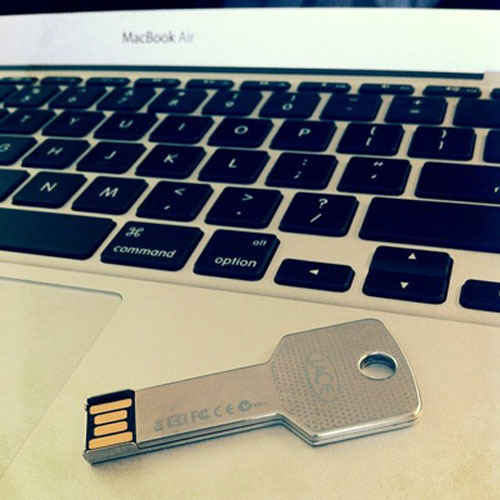
- #APPLE LION RECOVERY DISK ASSISTANT HOW TO#
- #APPLE LION RECOVERY DISK ASSISTANT INSTALL#
- #APPLE LION RECOVERY DISK ASSISTANT ARCHIVE#
#APPLE LION RECOVERY DISK ASSISTANT HOW TO#
Not sure how to do certain things on your Apple device? Let us know at our future tutorials might cover your specific problem and provide a solution.With OS X Lion, Apple bucked the traditional method of releasing software on a physical medium, instead opting to release Lion through the Mac App Store.
#APPLE LION RECOVERY DISK ASSISTANT ARCHIVE#
How to start up Mac in Target Disk Modeįor even more how-tos, browse our complete archive of Mac tutorials.How to start up Mac in Internet Recovery Mode.How to repair Mac disk errors in Recovery Mode.
#APPLE LION RECOVERY DISK ASSISTANT INSTALL#

That’s when you should take advantage of macOS’ Internet Recovery feature. If the recovery system on the startup drive isn’t available-for instance, if you have replaced your startup disk or it has been physically damaged or completely erased-you will not be able to enter Recovery Mode. If Recovery partition is broken, use Internet Recovery Tip: If the Recovery partition itself has been damaged, enter Internet Recovery Mode instead by pressing Command (⌘) – Option (⌥) – R at boot time.

If that doesn’t work, back up as much of your data as possible and then reformat the disk and reinstall macOS. In that case, run Disk Utility again and try to repair the damaged disk or partition again. If you get “The underlying task reported failure” errors, the disk has not been fully repaired.If not, open the file and examine its data to decide if you should delete it. Check each listed file to see if you can replace or re-create it. If you get “overlapped extent allocation” errors, two or more files occupy the same space on your disk and one of them may be corrupted.How to repair disk errors in Recovery ModeĢ) As your Mac restarts, hold down the Command (⌘) – R combination immediately upon hearing the startup chime and hold the keys until the Apple logo appears.ģ) Select Disk Utility and click Continue.Ĥ) In the sidebar, select the volume you wish to repair.ħ) Two things will happen: either the app will report that the disk appears to be OK (or has been repaired) or you will need to do one of the following: Recovery Mode makes it easy to repair your Mac’s disk in situations when the machine won’t boot properly and load the desktop in the first place. The built-in recovery partition on your Mac’s startup disk contains recovery tools, like Disk Utility. In other words, macOS’ Recovery Mode gives you a chance to repair a malfunctioning startup disk that prevents your Mac from booting properly. MacOS on your Mac includes a disk-repairing app, called Disk Utility, which you can use to scan your connected drives for errors, erase a disk, repair disk permissions, check the disk’s structure for physical errors and more.īut what can you do, if anything, should your Mac experience issues preventing it from starting up properly? Not to worry, our friends, because macOS lets you launch a standalone version of Disk Utility from your Mac’s built in recovery partition.


 0 kommentar(er)
0 kommentar(er)
